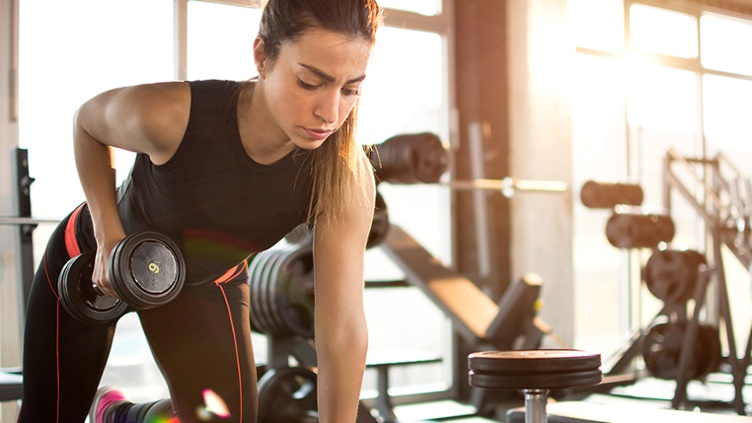Functional fitness: What it is and how it can help you
Feel like a superhero with these easy strength-building exercises.

Feel like a superhero with these easy strength-building exercises.

When you hear someone talk about gaining muscle, you might think of bodybuilding. But building muscle isn’t just for bodybuilders—it’s for everyone, especially when it comes to functional fitness.
What is functional fitness?
Functional fitness refers to exercises and movements that improve your ability to perform daily activities and tasks safely and efficiently. For example, push-ups, can help strengthen your chest, shoulders and arms. This makes movements like picking up laundry or carrying heavy groceries that much easier. Benefits of functional fitness include, but are not limited to:
How can I incorporate functional fitness into my exercise routine?
When adding functional fitness to your exercise routine, think of exercises and movements that mimic everyday activities like walking, climbing stairs, reaching for high objects in your kitchen or playing outside with your pets and children.
Here are a few examples to get you started:
Try making these exercises a part of your exercise routine, and watch everyday activities and tasks feel that much easier.